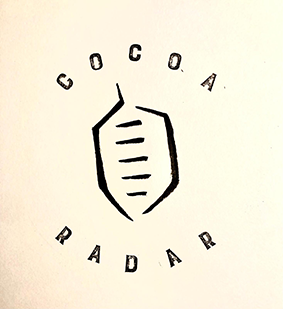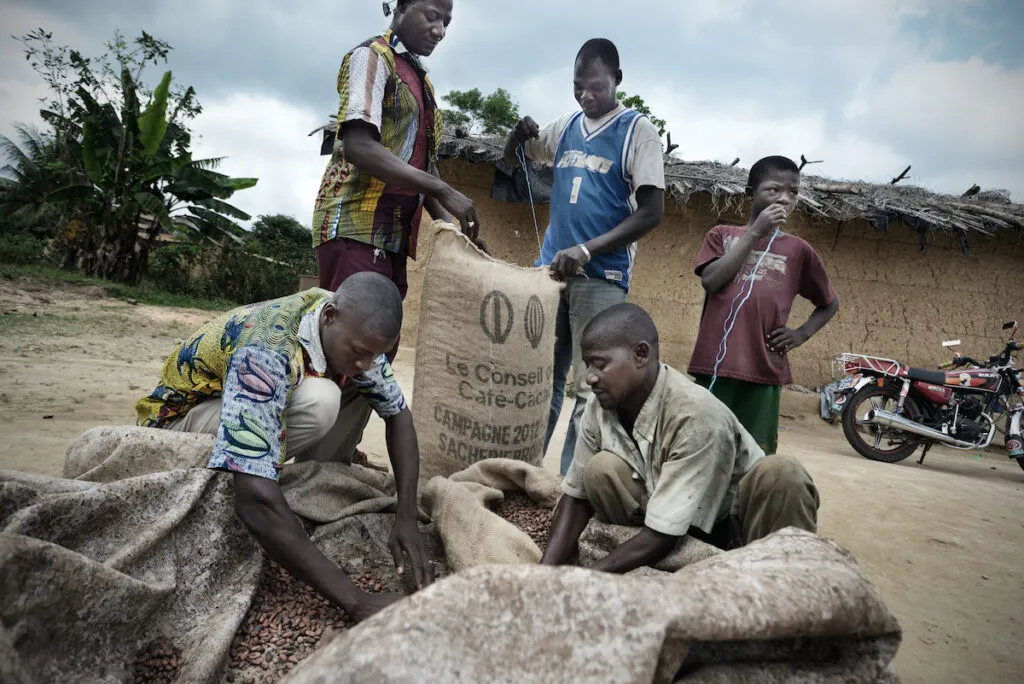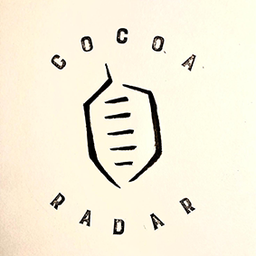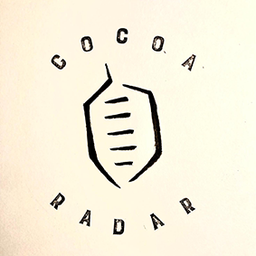A meeting was called in Brussels late last month involving producers, civil society organisations, academics, private sector actors, and Fairtrade representatives.
CocoaRadar understands the meeting reaffirmed Fairtrade’s LIRP model ‘as a powerful tool that enables smallholders to afford a decent standard of living’.
Areas for improvement
Still, key areas for improvement were also identified, including grounding the LIRP model in real-world complexity, communicating with greater clarity, and strengthening inclusive governance structures that drive credibility and impact.
“Fairtrade is committed to listening, learning, and leading, and that’s why we invited all stakeholders to walk this path with us,” said Carla Veldhuyzen van Zanten, Fairtrade International’s Senior Advisor for Sustainable Livelihoods. “Together, we can make the LIRP a lever that not only sets a price benchmark but builds a system towards equity, sustainability, and farmer dignity."

The outcome of the meeting was a three-phase plan to strengthen the LIRP model following the constructive stakeholder meeting.
The LIRP model
Since it first launched in 2018, the LIRP model has evolved from an innovative concept into a widely acknowledged tool used in supply chains. After five years of consultations, implementation and refinement, along with the recent announcement of a new LIRP for cocoa in West Africa, Fairtrade recognised that the timing was right to undertake a comprehensive review of the LIRP model’s foundations to ensure it remains fit for purpose in a global context that increasingly faces the devastating effects of climate change and in which farmers still carry the heaviest burden.
Why the LIRP is important
The prices serve as a benchmark for the cocoa and chocolate industry, representing, according to Fairtrade's concept, "the minimum price that a cocoa farming family should receive to obtain a subsistence income, that is, to be able to afford sufficient food, adequate housing, education, transport, and other basic necessities."
It is essential because this benchmark determines the positioning of many companies in the cocoa and chocolate industry in their commercial and working relationships with cocoa cooperatives and producers.
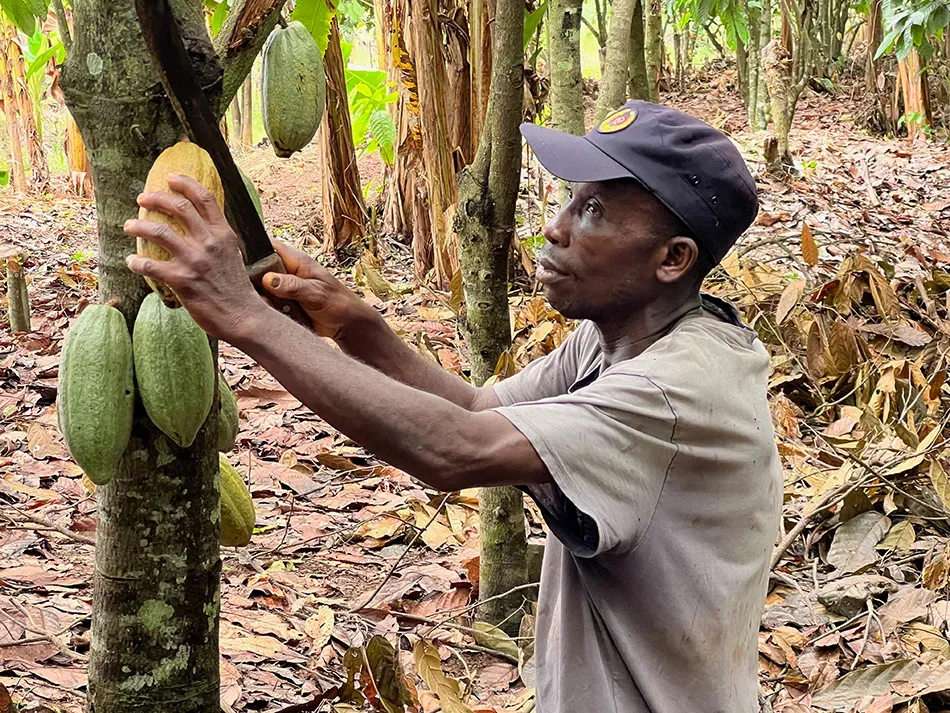
The call for dialogue was reinforced by recent feedback from civil society organisations. They raised concerns about the LIRP model’s assumptions, particularly regarding the concept of co-responsibility between supply chain actors and the derived target yield level.
In addition, they highlighted a lack of clarity regarding whether and how consultation inputs were utilized and called for greater transparency and broader inclusion moving forward.

As an outcome of the dialogue, Fairtrade proposed a three-phase approach to revisit the model, which participants welcomed as a constructive way forward.
The three phases include:
Phase 1, June 2025 – Action planning. In this phase, the key outcomes that incorporate stakeholder reflections will be summarised, and an action plan developed.
Phase 2, Q3 and Q4 2025 – LIRP model review. In this second phase, the action plan will be implemented. This will include an internal assessment of potential implications of recommended modifications and secure buy-in from Fairtrade members. Based on this, a proposal for a strengthened LIRP model will be developed. Furthermore, an expert advisory council will be set up to co-develop and validate the revised model and continue supporting the calculation of future cocoa LIRPs, ensuring scientific rigour and grounding in sector realities. Fairtrade will communicate openly and continuously about its progress and findings.
Phase 3, 2026 – LIRP values review. In this final phase, a comprehensive data analysis that leverages available quality data to further improve reliability will be conducted.
The underlying assumptions around productivity and viable crop area and the LIRP values will be reviewed in order to recalculate the LIRP. A predictable LIRP review cycle will also be established for future updates.
Fairtrade International statement
In a statement, Fairtrade International said: “Recognising the repeated calls from stakeholders for stronger uptake of the LIRP, Fairtrade committed to exploring ways to strengthen its role within the system, including, among other options, the potential for mandatory application in certain contexts. This exploration will involve careful consultation and assessment of implications across the Fairtrade system.
“The meeting’s results are a reflection of the collective energy and commitment by all stakeholders to strengthen the LIRP’s integrity, relevance, and impact, and equally to ensure that it reflects the realities of cocoa producers and the responsibilities of all actors in the supply chain.
- Read the full LIRP meeting report here
- From the Desk of CocoaRadar is the official media partner ECA 9th European Cocoa Forum.
- 'From Our Desk. To Yours. Daily.'
- Sign-up here for free and upgrade to an annual plan with a 25% discount
